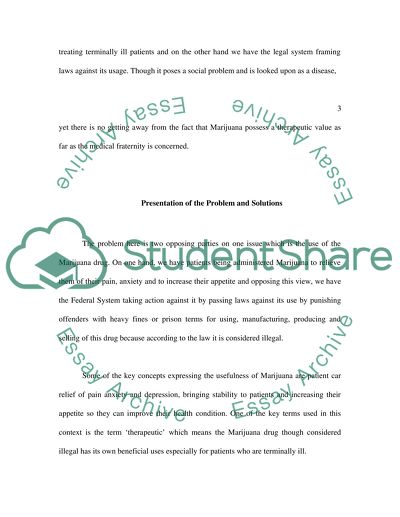Cite this document
(“Legalizing Marijuana on The Federal Level Research Paper”, n.d.)
Retrieved from https://studentshare.org/health-sciences-medicine/1475884-legalizing-marijuana-on-the-federal-level
Retrieved from https://studentshare.org/health-sciences-medicine/1475884-legalizing-marijuana-on-the-federal-level
(Legalizing Marijuana on The Federal Level Research Paper)
https://studentshare.org/health-sciences-medicine/1475884-legalizing-marijuana-on-the-federal-level.
https://studentshare.org/health-sciences-medicine/1475884-legalizing-marijuana-on-the-federal-level.
“Legalizing Marijuana on The Federal Level Research Paper”, n.d. https://studentshare.org/health-sciences-medicine/1475884-legalizing-marijuana-on-the-federal-level.


